There has been a gentle easing of stock out to grass over the past week to 10 days,, as ground conditions have finally firmed up enough to open the latch without too much worries about damage. It’s not the case for right across the country, but in general, free-draining land has soaked away and is trafficable for machinery and stock. The week ahead looks relatively dry as well, which should further solidify grazing conditions.
A more worrying issue is the lack of grass growth for any. Farmers have been talking about two things to me of late; firstly, covers that were closed up relatively heavy (1,000kg-1,200kg DM/ha) last back end are now sitting at 700kg odd due to cold winds and frosts. You can always expect up to one third of grass to be lost this way, but it still is an awful kick in the teeth.
The second issue is that covers that have been grazed are very slow to bounce back. Soil temperatures are still relatively low for the time of year, and are siting as low as 5°c for some, which translates to lackluster growth. Paddocks are looking very hungry, and even though you would like soil temperatures to be higher before applying nutrients, there comes a time when you just have to go with it while ground is trafficable. Where slurry is being applied, using 1,500-2,000 gallons of slurry and applying 10-12 units/acre of protected urea a week later will work well.
Shaun Diver, Tullamore Farm, Co Offaly
We have been turning out more of our first calved heifers over the last week to 10 days, with 14 heifers and their calves now at grass. We always prioritise these animals for early turnout to try to hold body condition. Ten of the lighter yearling heifers have also gone to grass, with the hope being that they will catch up with their heavier comrades.
Some slurry and fertiliser were spread last week amid the good ground conditions. Slurry was spread with LESS equipment, with 20-22 units/acre of protected urea spread on ground that didn’t receive slurry.
Lambing has kicked off this week in the ewe flock, with some of the Easycares being the first to lamb down, with a mix of Suffolk cross and purebred Easycare lambs being born.
System :Suckler to beef/sheep
Soil Type:Variable
Farm cover (kg/DM/ha):690
Growth (kg/DM/ha/day):11
Demand (kg/DM/ha/day):8
Jack Spillane, Tipperary Calf Farm, Co Tipperary
All the heifers are now at grass. They had been grazing the Westerwolds up until last week and are now back on the main grazing block. Ground conditions are excellent, as are cleanouts, with some of the wetter paddocks that had some of the heavier covers having soaked out well and are now being grazed.
We are just debating if the farm has sufficient growth and cover before letting out the bullocks.
Another 60 calves are due to arrive this Wednesday, which will bring our total on farm to 170.The second round of nitrogen has been spread, with 46 units N/acre spread to date across the farm. The Westerwolds will be sprayed off this week, with this going back in to spring barley.
System:Dairy calf to beef
Soil Type:Variable
Farm cover (kg/DM/ha):654
Growth (kg/DM/ha/day):12
Demand (kg/DM/ha/day):8
Stephen Frend, Newford Herd, Co Roscommon
More cows and calves have gone out again over the last week, with 66 cows and calves now at grass, along with 59 yearling heifers. Ground conditions are excellent and graze outs are very good, but with the exposed nature of the farm, we are suffering from wind chill and grass growth is suffering as a result. Average farm cover has dropped by 100kg DM/ha in the last week, and unless we get some heat in the near future grass supplies could run tight quickly. We have one strong paddock remaining (2,000kg DM/ha cover) and after this we are on to our highest covers being 1,200kg DM/ha, with a lot of paddocks sitting around 800kg DM/ha. Saying this, with fertiliser having been spread, a little bit of heat would turn things around.
System:Suckler to beef
Soil Type:Variable
Farm cover (kg/DM/ha):714
Growth (kg/DM/ha/day):5
Demand (kg/DM/ha/day):26



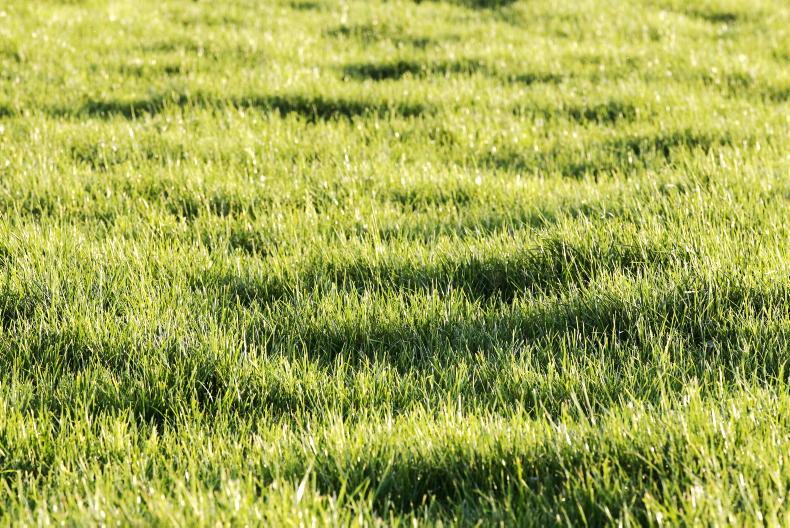

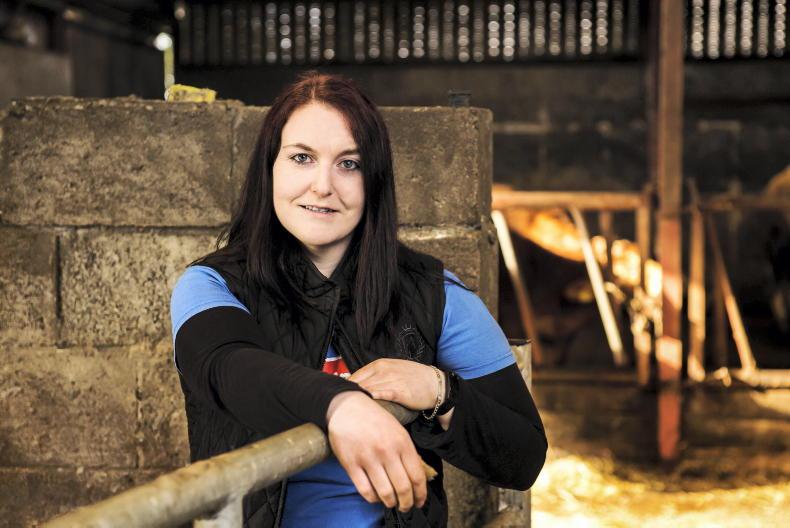

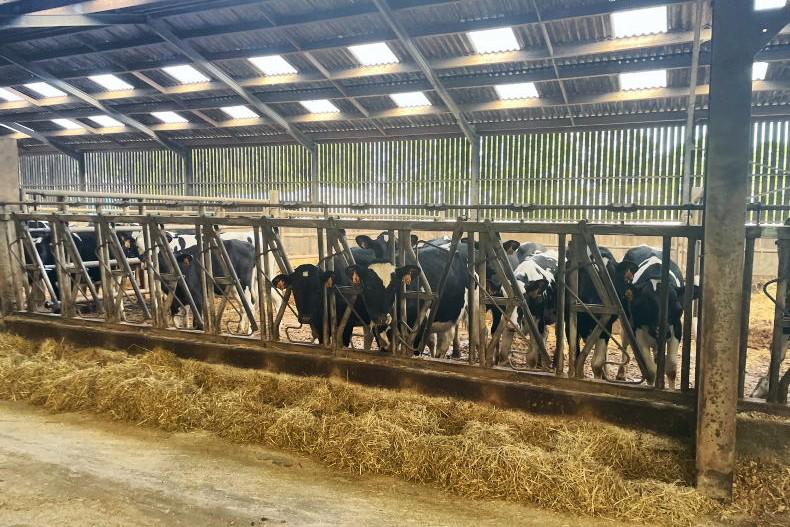
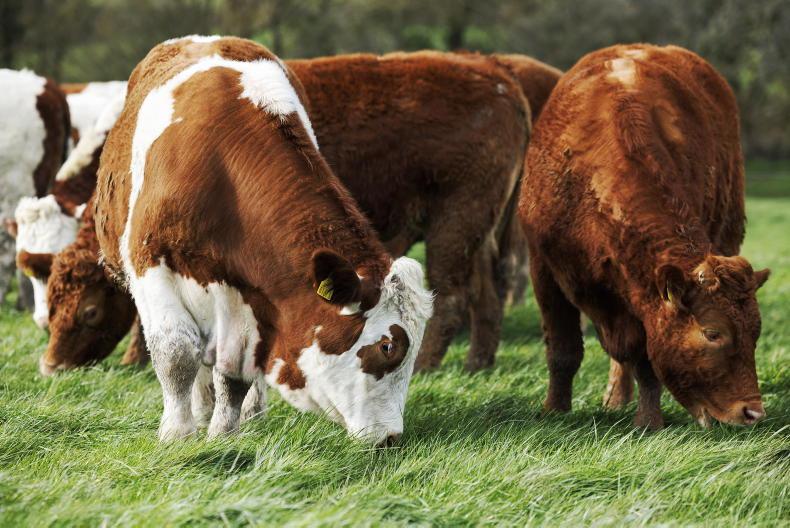
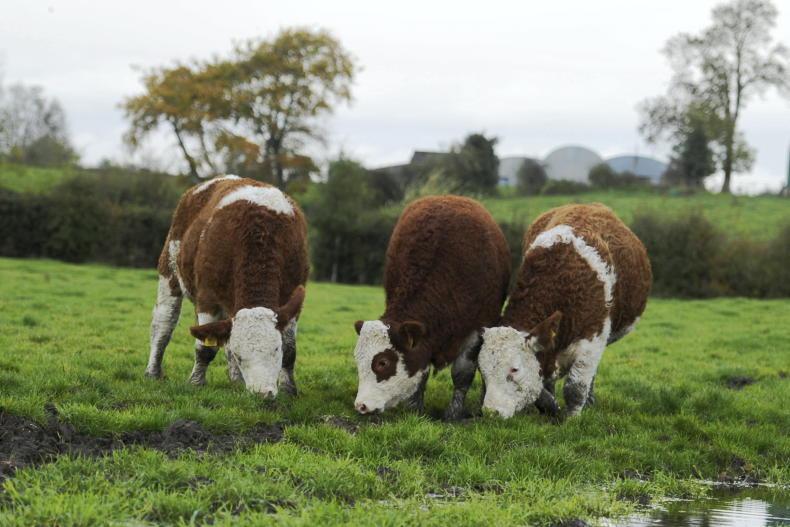
SHARING OPTIONS